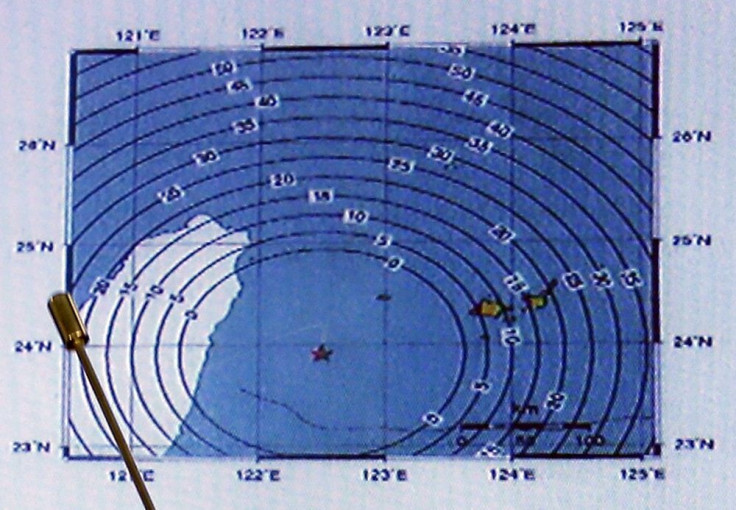Research suggests Adelaide needs more preparation to handle earthquake

Macquarie University conducted a research to investigate whether Adelaide is capable enough to resist the effects of natural disasters. The computer modelling report suggested that in case an earthquake with its epicentre at the central business district hits the state, it will result in significant deaths and damages.
One of the researchers said that several natural disaster situations were under investigation, of which Adelaide earthquake scenario was the first to complete. Threatening communities in Adelaide was never the aim of the research, researcher Andrew Gissing said. ”No single government agency or emergency service is equipped to handle such a large-scale event,” he was quoted by ABC News as saying. Gissing added it is vital to learn from previous unfortunate incidences but it’s even better to look for novel ways of dealing with them.
The earthquake in Adelaide in 1954 was a big catastrophe. It hit the state at 3:40 a.m. on March 1 with 5.5 magnitude measured on the Richter scale. Darlington in the south suburbs was the epicentre of the quake. It did not cost the lives of the people but it demolished the whole Darlington area with cracks, forcing insurers to pay a huge amount as compensation. One of the worst damages recorded in the earthquake was a house at Seacombe Gardens in the southern suburb.
Seismologists confirmed that there were no surface damages after the earthquake. “There were no fatalities, a few injuries and around AU$8 million worth of damage back in those dollar terms,” Gissing stated, remembering the 1954 earthquake in Adelaide. The 1954 quake was similar to the one that hit Newcastle in 1989, but the deaths and damages caused were many.
The university research team modelled an earthquake of magnitude 6, keeping its epicentre at CBD. Gissing said that the assumption is that the consequences will be similar to the one after the 6.3 magnitude quake in Christchurch, New Zealand, which resulted in the death of 185 people, injuries of thousands and destruction cost of around AU$40 billion. Gissing claimed that such scenarios help the emergency services get better and enhance their capabilities to plan and deal with the situations in a magnified way.
At the annual conference in Adelaide to be held next week, computer modelling research with more than 100 presentations will be displayed. The conference will be attended by the Fire and Emergency Services Authorities Council of Australia and the Bushfire and Natural Hazards Cooperative Research Centre, where the upcoming bushfire season will also be discussed.
Contact the writer at feedback@ibtimes.com.au, or let us know what you think below.






